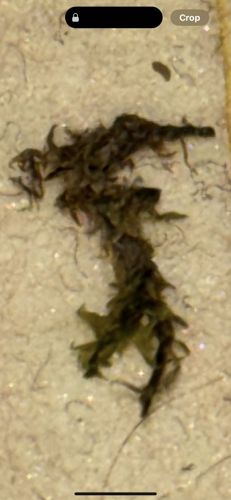Caddisfly larva (case-making)
Scientific Name: Trichoptera (larva stage)
Order & Family: Order: Trichoptera, Various Families (e.g., Limnephilidae, Leptoceridae)
Size: Larvae typically range from 0.5 cm to 4 cm (0.2 to 1.6 inches) in length, depending on species and developmental stage.

Natural Habitat
Freshwater aquatic environments, including streams, rivers, ponds, and lakes; often found on the bottom, attached to rocks, submerged wood, or aquatic vegetation.
Diet & Feeding
Diet varies significantly by species and family. Many are detritivores, feeding on decaying plant matter or algae. Others are herbivores, grazing on aquatic plants, while some are predators, consuming small aquatic invertebrates or microbes. Filter-feeding species also exist.
Behavior Patterns
Caddisfly larvae are renowned for constructing protective cases from materials found in their environment, such as sand grains, small stones, twigs, leaves, or silk. These cases are unique to each species and serve as protection from predators and currents. The larvae live inside these cases, extending their heads and legs to feed. They undergo complete metamorphosis, pupating within their cases before emerging as winged adults.
Risks & Benefits
Caddisfly larvae are excellent indicators of good water quality, as many species are sensitive to pollution. They play a crucial role in aquatic food webs, converting organic matter and serving as a food source for fish and other aquatic animals. They pose no direct risks to humans. Their presence is a strong indicator of a healthy aquatic ecosystem.
Identified on: 9/9/2025